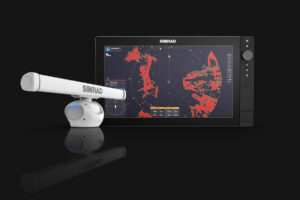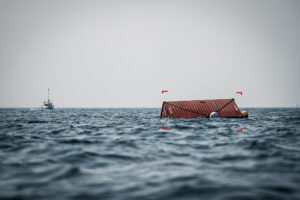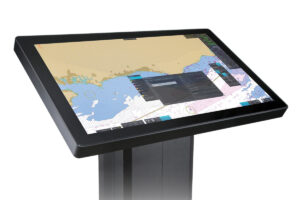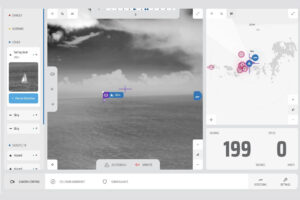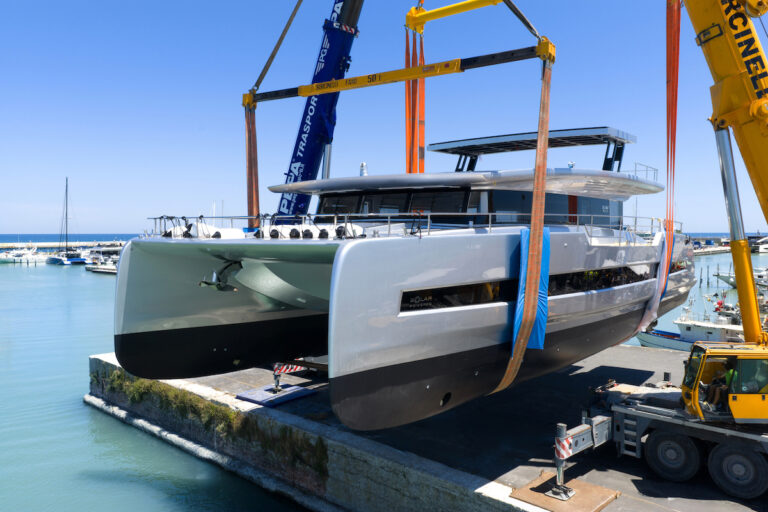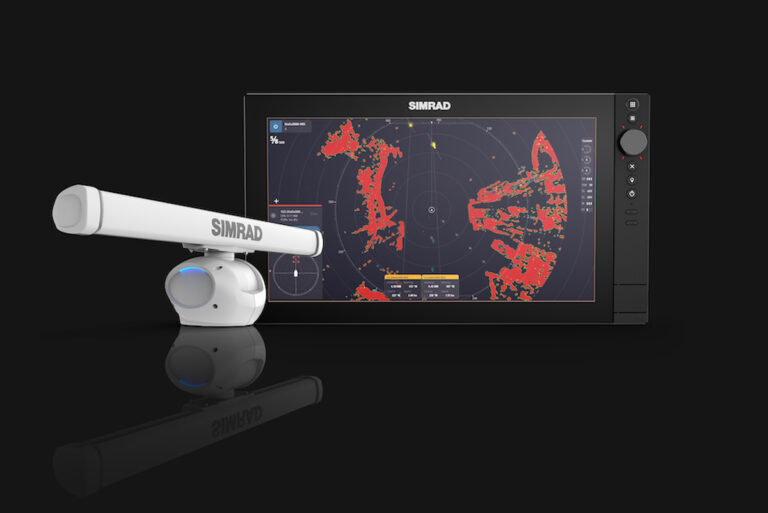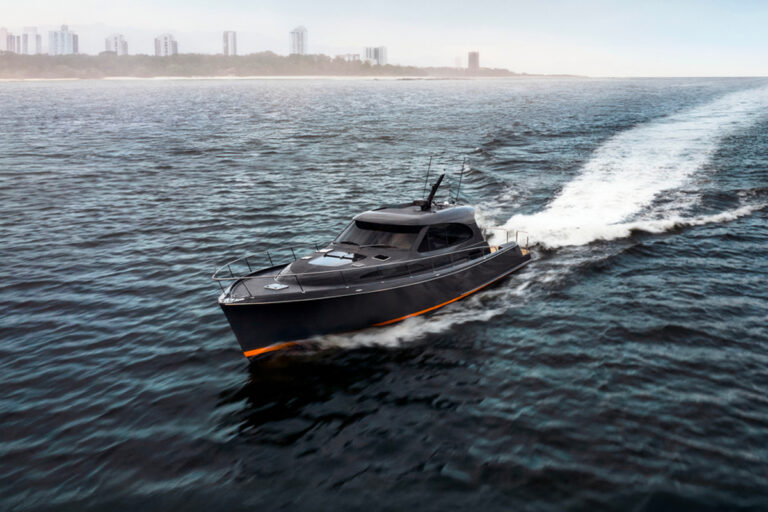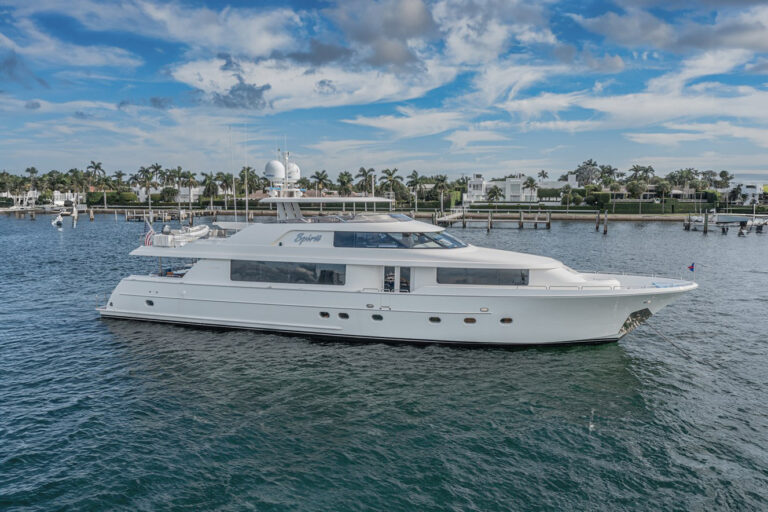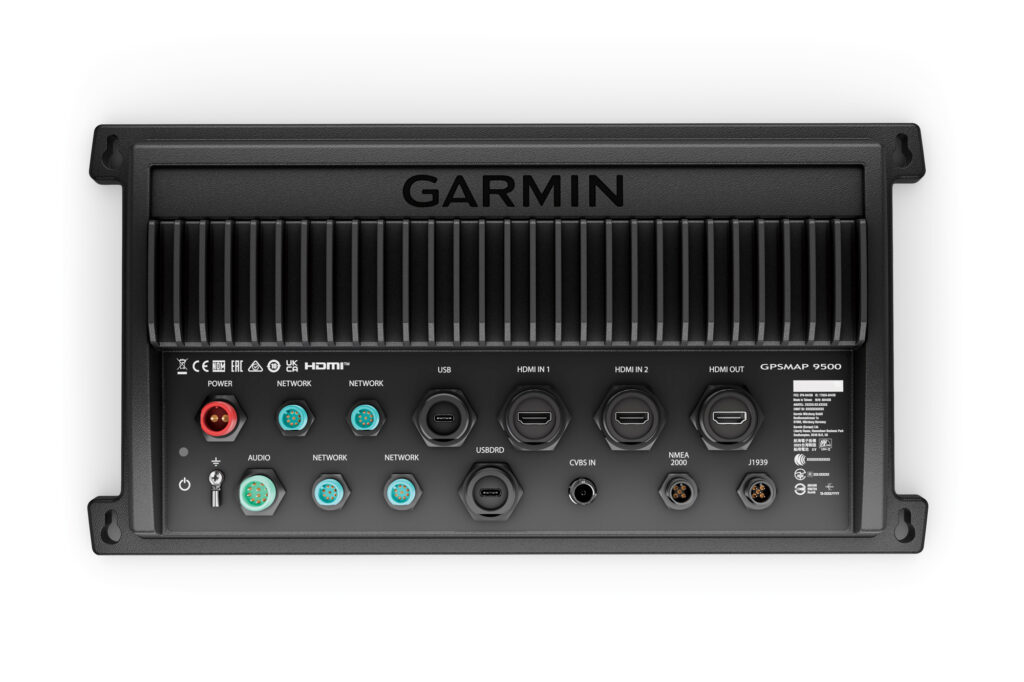
In 2013, I purchased a 27-inch Apple Thunderbolt display, which I’ve used as a docking station for multiple generations of Mac mini black-box computers. The monitor still looks great, but more important is its longevity and the relatively affordable price of Mac minis. I’ve enjoyed better, faster computing without purchasing new glass. And should my trusty display fail, I only need to replace the monitor, not the entire setup.
I’m sure Apple’s marketing department would love to claim credit for inspiring my setup; however, it’s more likely that I got the idea from the marinized black-box computers and stand-alone displays that I’ve seen aboard high-end yachts.
Marinized computers come in two forms: all-in-one multifunction displays, and black-box chart plotters that use a separate networked display. While MFDs work well, black-box chart plotters allow owners to refresh their yacht’s computational powers without replacing compatible glass, which can be expensive and sometimes complicated to install.
Furuno and Garmin both have newer black-box offerings. Let’s start by looking at Furuno’s.
Furuno TZTBBX
In early 2024, Furuno released its line of NavNet TZtouchXL MFDs. Now some eight months later, the company has released the NavNet TZtouchXL Black Box Chart Plotter ($4,100).
“The TZTBBX is a compact processor with the same processing capacity as other TZtouchXL-series MFDs,” says Matt Wood, Furuno’s national sales manager. The TZT2BB has dual processors and dual video outputs in one housing. Its single hexacore processor and single video board allow it to drive a single touch-enabled display.
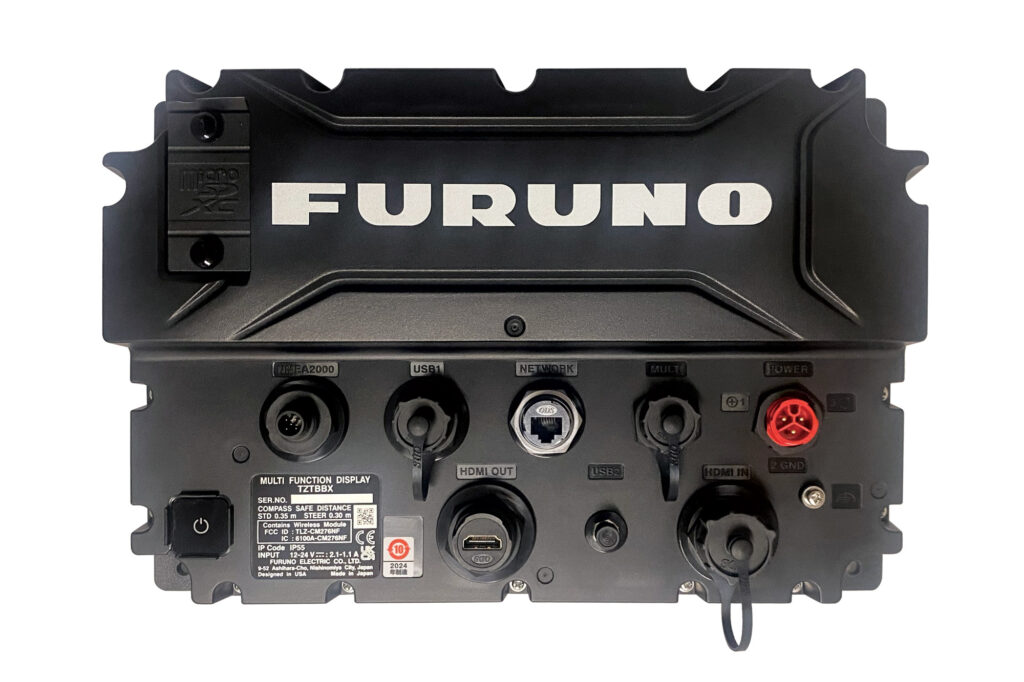
That last bit means users can also buy off-the-shelf splitters, allowing TZTBBXs to run multiple or mirrored screens.
Wood says the TZTBBX is “by far” the smallest black-box chart plotter that Furuno has built across six generations of black-box offerings. “It has a single HDMI output [and input], which can drive an 8-inch marinized display up to a 75- or 80-inch TV,” he says. “It’s light and easy to install.”
The TZTBBX’s smaller form factor, he adds, makes it suitable for well-appointed center-consoles along with superyachts: “It’s small, but it punches above its weight.”
In addition, the TZTBBX has all the same features as Furuno’s flagship TZtouchXL MFDs. “There’s no gap in functionality,” Wood says. Features include Furuno’s eye-pleasing TZ Maps, which are built using data sourced from official hydrographic offices and supplemented with privately sourced data. They currently encompass Australian, European and North American waters.
TZTBBXs also have Furuno’s AI Routing feature, which determines safe routes using chart data and vessel-specific parameters such as draft and air draft. If a TZTBBX is paired with a Furuno DRS-NXT radar, the black-box chart plotter also delivers Furuno’s Risk Visualizer feature, which color-codes targets based on their threat level, and AI Avoidance, which calculates safe routing in real time around potentially dangerous targets.
While TZTBBXs come with TZ Maps, Wood says, owners of bigger yachts can run networked blended systems that involve a black-box chart plotter or an MFD along with a Windows-based PC running Timezero’s TZ Professional or TZ Navigator software. With this setup, the PC is often the primary navigation tool, while the black-box chart plotter provides networked sensor input to the Windows-based computer.
“It’s the best of both worlds,” Wood says. “If we take the computer offline, or if we get the Windows blue screen of death, we can still navigate on our dedicated device.”
Garmin GPSMap 9500 Black Box
When it comes to big glass, Garmin’s 27-inch GPSMap 9000-series MFD leads the market. This series has impressive features, including large-format 4K screens, built-in Global Navigation Satellite System receivers, embedded LiveScope and Panoptix sonars, and the ability to support three downstream black-box sonars and to display Garmin Navionics+ cartography. Its four BlueNet ports, which hustle data at 1 gigabit per second, are most impressive.
More recently, the Olathe, Kansas-based technology giant released the GPSMap 9500 Black Box ($5,000). “It’s a GPSMap 9000-series MFD, but without the display,” says Dave Dunn, Garmin’s senior director of marine and RV sales. “The guts are exactly the same.”
Dunn says Garmin designed the GPSMap 9500 for owners of large yachts who use large marinized displays or TV screens and want more flexibility with their dash layouts and screen sizes.
“MFDs are great, but customers are limited to the screen sizes we offer,” he says, noting that each GPSMap 9500 Black Box can drive one touch-enabled screen.
This same flexibility, it turns out, makes the GPSMap 9500 Black Box attractive to owners of other vessels, including small boats. For example, Dunn says, some bass-boat owners are installing large-format displays on their bows that they network with GPSMap 9500 Black Boxes. The setup allows them to view Garmin LiveScope sonar returns.
“We’re seeing GPSMap 9500 in places we didn’t expect,” Dunn says. “They are a fraction of the cost of an MFD.”
Like the GPSMap 9000-series MFDs, GPSMap 9500 Black Boxes come with four BlueNet ports. “If you’re running more traffic on your network, BlueNet will shine,” Dunn says. BlueNet architecture can easily support Garmin’s Surround View Camera System, which uses six factory-installed cameras to deliver live bird’s-eye and 360-degree imagery around a yacht, plus distance markers for docking as well as third-party thermal-imaging cameras, digital-switching systems, radars, black-box sonars and other downstream instrumentation.
“We tried to be as expandable as possible,” Dunn says. “If you run out of BlueNet ports, you can expand your system with a network switch.”
Also, GPSMap 9500 Black Boxes can be added to existing Garmin ecosystems using Garmin Marine Network adapter cables.
The GPSMap 9500 Black Box’s BlueNet ports, Dunn says, create a future-proof system that can handle heavy data loads. BlueNet’s 1 Gbps bandwidth—one can imagine—will also be important if and when Garmin releases autonomous docking or autonomous navigation features.
GPSMap 9500 Black Box systems also come with high-bandwidth digital content protection distribution, allowing customers to enjoy the same multimedia content across all networked screens.
Alternative Interfaces
Furuno’s TZTBBX and Garmin’s GPSMap 9500 both support third-party touchscreen displays, but touch-based user interfaces don’t always pair well with sloppy seas. Furuno’s optional MCU006 and MCU006H (horizontal) controllers have RotoKey and buttons, while Garmin’s optional Wireless Remote Control (GRID 20 Vertical and GRID 20 Horizontal) offers hard-key user interfaces.

